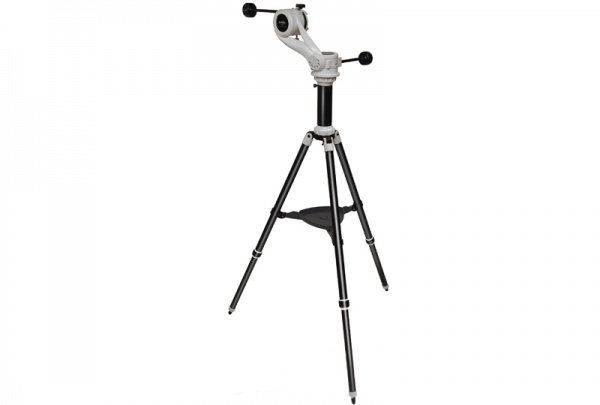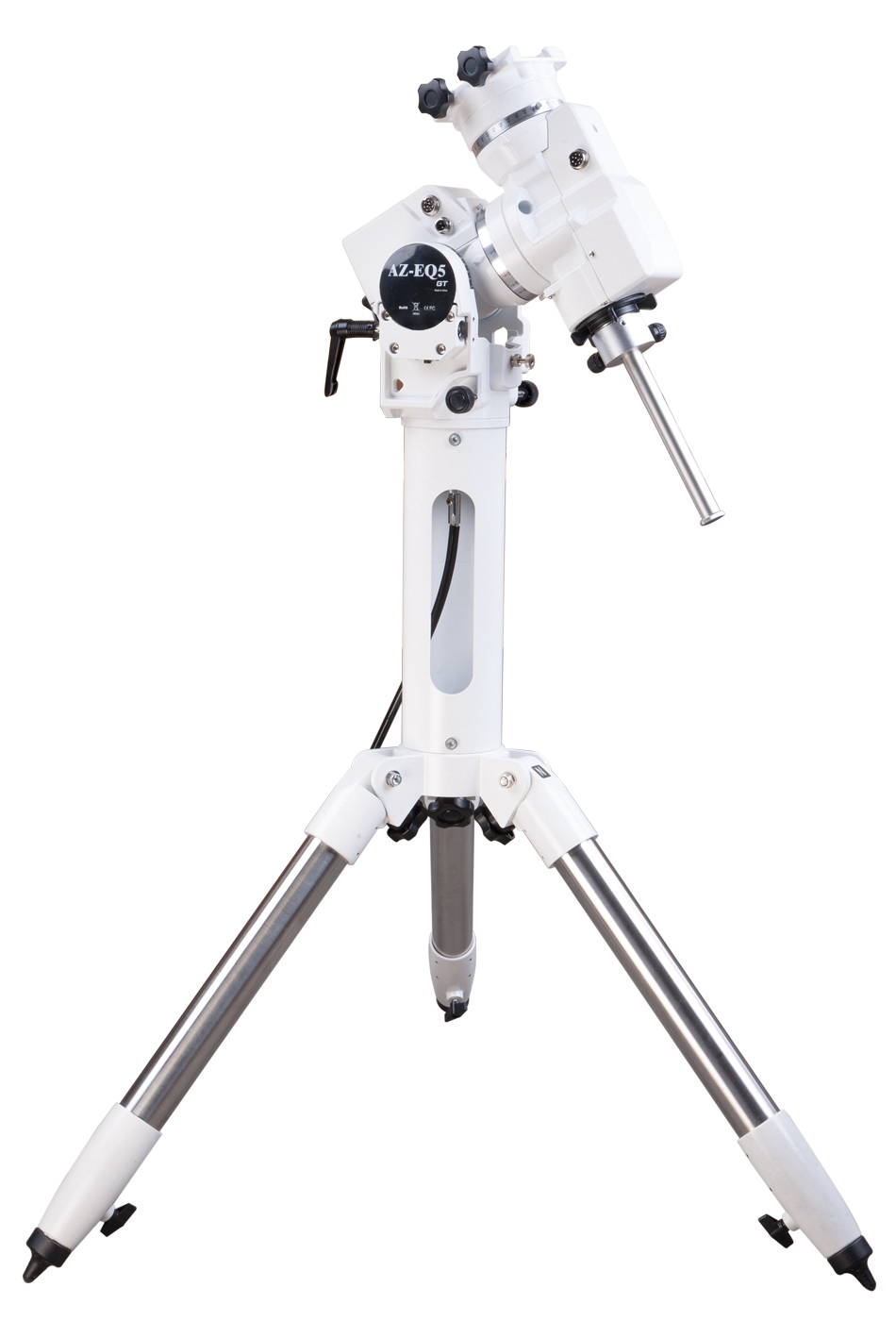
- #SKYWATCHER ALT AZ FOR STARRY NIGHT PRO MACBOOK HOW TO#
- #SKYWATCHER ALT AZ FOR STARRY NIGHT PRO MACBOOK FOR ANDROID#
- #SKYWATCHER ALT AZ FOR STARRY NIGHT PRO MACBOOK PRO#
- #SKYWATCHER ALT AZ FOR STARRY NIGHT PRO MACBOOK SOFTWARE#
- #SKYWATCHER ALT AZ FOR STARRY NIGHT PRO MACBOOK BLUETOOTH#
#SKYWATCHER ALT AZ FOR STARRY NIGHT PRO MACBOOK HOW TO#
Read on to learn what the SkyFi III includes, how to hook it up and how to control your telescope. If you engage in video or DSLR camera astronomy, the SkyFi III will let you operate your telescope from indoors. And if you need to head inside to warm up, you can power off the SkyFi III and restart it when you return the telescope will still be aligned and ready to go. Once the controller is linked to your telescope, you can select and slew to objects using a stylus on your phone or tablet, leaving your fingers toasty warm inside your gloves. One of my favorite benefits for a wireless telescope controller occurs during winter observing. Then, simply pick an object, and command the telescope to slew (the term for telescope movement) to it for a look. The latter lists the locations, and rise and set times, for major planets and satellites. Or, you can get suggestions for what to observe by accessing the Tonight's Best list in the Search menu, by tapping the Sky & Telescope SkyWeek icon on the main display or by tapping the Tonight icon. The SkySafari 5 app can show you at a glance what's up now by enabling its compass mode and panning around. The supported telescopes and mounts are listed on this page.ĭeciding what to observe next can be a challenge for beginners who are still learning the sky. And if you trade up to a more powerful telescope, the SkyFi III controller will migrate to it. Now, obviously there's more here than your telescope can see - but the ability to summon up-to-date positions, descriptions and images for objects with a few finger taps is extremely handy.
#SKYWATCHER ALT AZ FOR STARRY NIGHT PRO MACBOOK PRO#
The Pro version of SkySafari 5 contains nearly 28 million objects. As new objects are discovered or existing objects' orbits are refined, the app updates its database automatically for you. The Plus version of SkySafari 5 contains nearly 3 million objects, including more than 31,500 deep-sky objects, 16,000 asteroids and minor planets, nearly 1,500 satellites, and more than 600 comets.
#SKYWATCHER ALT AZ FOR STARRY NIGHT PRO MACBOOK FOR ANDROID#
The SkyFi III Wireless Telescope Controller lets you operate your telescope with your mobile device, using the SkySafari 5 Plus (or Pro version) app for Android or iOS (opens in new tab). And many veteran astronomers, myself included, don't bother doing it.

But the process can be finicky, and sometimes frustrating, for beginners. Most GoTo systems have a way to attach the telescope to your computer to accomplish this. Some of the higher-end semiprofessional systems have 150,000 objects in their databases.įrom time to time, as new comets and asteroids are discovered, faint stars explode as novas and new satellites are launched, the object databases need updating. Entry-level systems from Celestron, Meade, Skywatcher and other vendors typically store between a few thousand and 40,000 astronomical objects, most of which are stars. Let's take a look at a few of them.īackyard computerized GoTo telescopes have a built-in database of objects for you to choose from - including the moon, planets, asteroids, the brightest stars, and selected star clusters, nebulas and galaxies.

Wireless telescope control paired with the SkySafari 5 app offers some major benefits to skywatchers of all experience levels. All three systems were controlled easily by the SkyFi III unit. My test telescopes included a Meade LightSwitch alt-azimuth GoTo system, an iOptron SmartEQ German equatorial mount and a Skywatcher HEQ5 Pro German equatorial mount with a SynScan hand controller.
#SKYWATCHER ALT AZ FOR STARRY NIGHT PRO MACBOOK BLUETOOTH#
I had previously used the company's SkyFi 2 WiFi and SkyBT Bluetooth devices, so I was keen to check out the SkyFi III. I recently tried out the SkyFi III Wireless Telescope Controller from Simulation Curriculum. But operating your telescope by remote control takes that to another level. Let's face it - computerized GoTo telescopes, which locate and track objects automatically in the night sky, are already cool and fun. And Orion's StarSeek and its corresponding StarSeek 5 app use the same Simulation Curriculum technology. Meade's Stella Wi-fi Adapter is a rebranded version of the same hardware, and the company's StellaAccess app has SkySafari under the hood.

#SKYWATCHER ALT AZ FOR STARRY NIGHT PRO MACBOOK SOFTWARE#
For example, Simulation Curriculum's new SkyFi III Wireless Telescope Controller integrates with the company's SkySafari 5 app and Starry Night desktop software to control many GoTo telescopes. One way to approach this problem is to link your telescope to an astronomy app and control it wirelessly with your phone.Ī number of vendors make hardware and software that let you remotely steer computerized GoTo telescopes. But how do you find out which objects are available when you are observing? And what do you do if that newly discovered comet or asteroid is not in your telescope's internal database? Perhaps you'd like to see a star known to host orbiting exoplanets, but your telescope can't find that star. A backyard computerized GoTo telescope can automatically locate just about anything a beginner skywatcher might want to see.


 0 kommentar(er)
0 kommentar(er)
